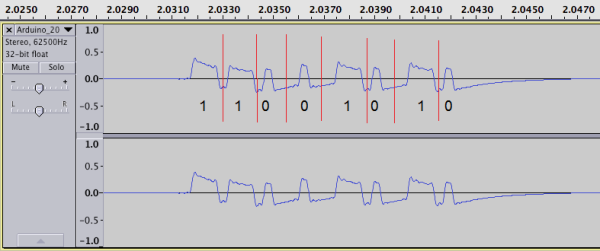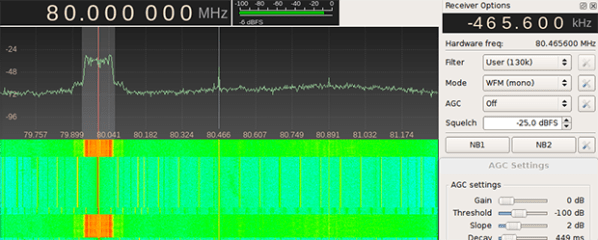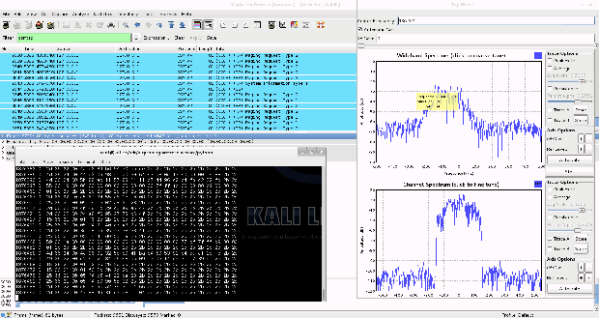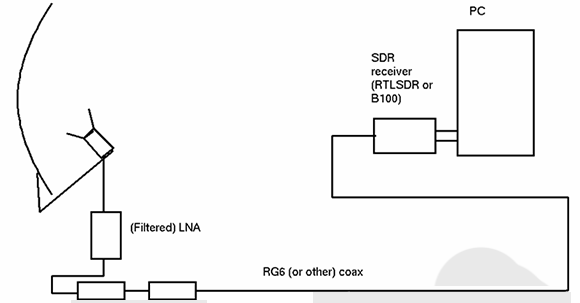It’s no surprise that there’s a lot of devices out of there that use simple RF communication with minimal security. To explore this, [Gordon] took a look at attacking radio controlled outlets.
He started off with a CC1111 evaluation kit, which supports the RFCat RF attack tool set. RFCat lets you interact with the CC1111 using a Python interface. After flashing the CC1111 with the RFCat firmware, the device was ready to use. Next up, [Gordon] goes into detail about replaying amplitude shift keying messages using the RFCat. He used an Arduino and the rc-switch library to generate signals that are compatible with the outlets.
In order to work with the outlets, the signal had to be sniffed. This was done using RTL-SDR and a low-cost TV tuner dongle. By exporting the sniffed signal and analyzing it, the modulation could be determined. The final step was writing a Python script to replay the messages using the RFCat.
The hack is a good combination of software defined radio techniques, ending with a successful attack. Watch a video of the replay attack after the break.















